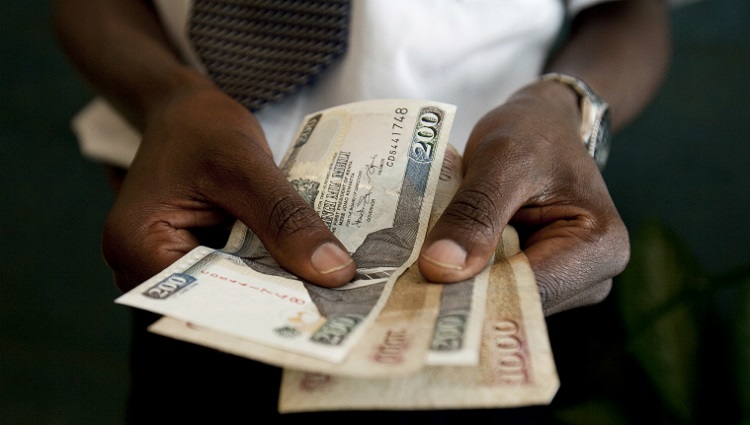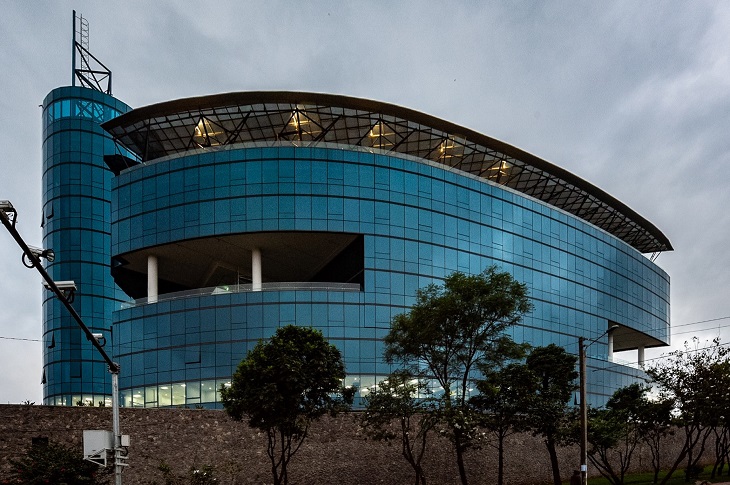This year has seen most currencies in Africa performing dismally against the US Dollar. The Zambian Kwacha was the only currency that gained prominence against the US Dollar during the third quarter of 2022.
According to the recently released stats, the Zambian Kwacha gained 6.0 percent in the last 12 months against the Dollar and 5.9 percent on a year-to-date basis.
The positive performance of the Zambian Kwacha was a result of the positive investor confidence following Zambia’s improved macroeconomic performance and strong trade surplus driven by higher copper price earnings.
As the Kwacha had a field day with the US Dollar, the Ghanaian Cedi was being shown dust, coming in as the top loser against the US Dollar.
The Ghanaian Cedi lost 66.1 and 67.8 percent in the last 12 months and on a year-to-date respectively, mainly as a result of a deteriorated macro-economic environment, characterized by high inflation which stood at 33.9 percent in August 2022, against the Ghana Central Bank target rate of 6.0 – 10.0 percent.
The Kenyan shilling was not left behind in terms of being clobbered by the US Dollar. The local currency has been losing ground with each passing day, falling to the lowest in history during the week. In Q3 of 2022, the shilling was among the most hit.
the Kenya Shilling depreciated by 6.7 percent in Q3’2022 to close at Kshs 120.7 against the US Dollar, compared to Kshs 113.2 recorded at the beginning of the year.
With the new government in place, investors are hopeful that focus will be placed on the local currency to shield it against the beatings of the dollar. However, global forces coupled with the rising rates of inflation are still the greatest risk to the local currency.
“In Q3’2022, most of the selected Sub-Saharan currencies continued to depreciate against the US Dollar, mainly due to the increased inflationary pressures in the majority of the countries on the back of persistent supply chain constraints.”











